Chilean fruits are diverse, with native species and those introduced from other parts of the world. The country’s diverse climates, from the arid north to the more temperate central valleys, provide ideal conditions to cultivate fruits.
They range from exotic chirimoya or lucuma to high-value exported fruits like cherries, apples, blueberries, etc.
Some Chilean fruits are a part of the country’s cuisine. They can be used in dishes, desserts, and beverages.
Here, you’ll find a list of the most popular fruits in Chile, with many insights, regarding their appearance, taste, texture, and even history.
I’ll also introduce some iconic dishes and beverages in Chile that use these fruits. Moreover, if you wonder when these fruits are in season and what vegetables are popular in this nation, don’t miss out on any section in this reading.
But first, let’s begin with 19 famous Chilean fruit options.
19 Popular Chilean Fruits with Filters
Let’s take a closer look at these 19 Chilean fruits, spanning native, non-native, and exotic varieties. Some are also used for dishes or beverages, and even as garnishes. With the filter options below, discovering your favorite fruits is much easier.
Chirimoya
- For Beverages
- For Dishes
- Native
Chirimoya, cherimoya, or custard apple, is Chileans’ favorite dessert thanks to its soft and creamy texture with sweet taste.
Native to the Andes, it thrives in Chile’s temperate climate. The fruit has a heart-like shape and green color with many tiny segments underneath. You can see small black seeds inside each segment.
You can immerse yourself in the sweet flavor of chirimoya alone or in smoothies, tarts, and yogurts.
To eat it, just separate the fruit with your hand. Eat the flesh with a spoon and remove the seeds while eating.
Cherry
- For Dishes
- Non-Native
Cherries are another popular fruit in Chile. They are small fruits known for their sweet or tart flavor, depending on the variety. They have a firm, juicy flesh with a single hard seed in the center.
These heart-shaped, dark red cherries are delicious and have health benefits, including high vitamin C, potassium, and anti-inflammatory properties.
The best way to enjoy them is fresh as desserts.
FYI, Chile has shone globally as the top cherry exporter since 2019, particularly targeting the Chinese market, especially during the Lunar New Year.
Blueberry
- For Dishes
- Non-Native
Blueberries, or arandano, is a long-standing fruit in Chile. Although blueberries originate in North America, they are common in Chile and many other South American countries.
Blueberries are normally reddish-purple and blue when ripe. Its skin is glossy and smooth since it is covered by a layer of epicuticular wax (bloom).
With a sweet taste, Chileans like eating fresh blueberries. Sometimes, they are used in baked goods. When you visit the local markets in Chile, you can purchase dried, pureed, or canned blueberries.
This fruit is a high source of antioxidants and fiber and has a low caloric value.
Grape
- For Beverages
- For Dishes
- Non-Native
Grapes are another cornerstone of Chilean agriculture, with the country being one of the world’s largest exporters of table grapes. Chilean wines, made from locally grown grapes, have also gained international recognition.
You can consume or remove the grape’s thin skin, depending on your preference. It comprises some tiny and bitter seeds inside. Overall, grapes have a sweet taste and jelly-like texture.
Pomegranate
- For Beverages
- For Dishes
- Non-Native
Pomegranate (aka granada in Chile) has been cultivated widely in this country for a long time. Spanish settlers delivered this fruit to Spanish America in the 16th century.
Typically, pomegranate is often round and red-purple. It has two layers, including the outer layer and the mesocarp. The outer layer will protect the fruit, and the mesocarp contains many red and succulent seeds.
Its seeds are edible. You can enjoy it fresh or add it to salads, yogurts, or gelato. Pomegranate seeds are also ideal for making juice. Overall, it’s a good source of vitamin C.
Plum
- For Dishes
- Non-Native
In Chile, plums are famous for their domestic consumption and significant export value. Thriving in the country’s Mediterranean-like climate, Chilean plums are known for their juicy sweetness and vibrant colors, ranging from deep purple to red and green.
The country grows various varieties of plums, such as Angeleno, Black Amber, Larry Ann, etc. These plums are not only enjoyed fresh but are also dried to produce prunes, a major export product of Chile.
In the local diet, plums are savored as a fresh snack or used in desserts.
Apple
- For Dishes
- For Garnish
- Non-Native
Chilean apples (called Manzana locally) are known for their crisp texture, juiciness, and wide range of flavors, from sweet to tart.
Varieties like Gala, Fuji, Granny Smith, and Pink Lady are cultivated from the arid north to the fertile central valleys.
These apples are both consumed domestically and enjoyed worldwide, reflecting Chile’s reputation for producing high-quality, flavorful fruits. The apple harvest season in Chile extends from late summer through autumn, allowing for year-round availability in global markets.
Lucuma
- For Dishes
- Native
Originating from Chile, lucuma stands out among Chilean fruits. This fruit is famous for its smooth, sweet flesh resembling the mixed flavors of sweet potato and maple.
Lucuma is a favorite ingredient in ice cream, desserts, and smoothies. Often referred to as the “Gold of the Incas,” lucuma is highly valued for its rich vitamins, minerals, and fiber content.
Prickly Pear
- For Beverages
- Native
Prickly pear or tuna is one of the most popular fruits in Latin America, including Chile.
This fruit, resembling a small pear, features a thick rind encasing its juicy, soft flesh, which can be striking red or yellow hues.
Peeling prickly pear is necessary before indulging in its sweet and fig-like-flavored flesh. Locals enjoy it raw as a dessert or use it to make jams, jellies, juices, and preserves.
Strawberry
- For Dishes
- For Garnish
- Non-Native
Strawberries in Chile stand out for their vibrant red color, juicy texture, and sweet, slightly tart flavor.
Grown in Chile’s fertile valleys and temperate climate, these strawberries are larger and often more flavorful than varieties found in other parts of the world.
These strawberries are enjoyed fresh and widely used in Chilean recipes, such as desserts, jams, and traditional dishes.
Kiwi
- For Dishes
- Non-Native
Introduced to Chile in the 1980s, Kiwi, also known as Chinese gooseberry, is a delightful dessert fruit here.
The fruit, resembling a chicken egg with its brownish-yellow, velvety skin, reveals light green or golden flesh dotted with tiny, edible seeds.
Its sweet yet slightly tangy flavor, reminiscent of strawberries, makes it perfect for salads, sherbets, yogurt, or tarts. Plus, kiwis are packed with fiber, vitamins C, and E, and other nutrients.
Rose Hip
- For Beverages
- Native
In Chile, the rose hip (or Rosa Mosqueta) is a vibrant red or orange berry that grows wild in many regions.
These small, round fruits with red or orange shades. It has a tart flavor. That’s why people often use them in teas, jams, and health supplements.
Persimmon
- For Dishes
- Non-Native
Chileans love the persimmon (caqui), a fruit with yellow-orange to deep red-orange hues that come in shapes from acorn to spherical or pumpkin-like.
Its flesh, varying from orange to yellow or dark brown, offers a sweet taste. Persimmons are versatile, enjoyed raw, dried, or cooked, and are used in dishes like curries, cakes, puddings, and salads in Chile.
Chilean Guava
- For Beverages
- For Dishes
- Native
Chilean guava is also known as Ugni molinae or murtilla locally. They are a small, aromatic berry native to Chile. With a size akin to a blueberry, it has a unique sweet-tart flavor reminiscent of strawberries and passionfruit.
The fruit initially appears green and turns to a deep red or crimson when ripe. They are famous for their high antioxidant content. Chilean guava is also used in some local dishes, including jams, desserts, and beverages.
Loquat
- Exotic
- For Dishes
Loquat, while not native to Chile, has adapted well to the country’s climate.
The fruit is appreciated for its sweet, tangy flavor. This small, round fruit has a yellow or orange skin and succulent flesh, making it a favorite for fresh consumption in Chile.
Loquats are also used in Chilean cooking, finding their way into desserts, jams, and sauces.
Chilean Papaya
- For Beverages
- Native
Chilean papaya, or mountain papaya, is an exceptional fruit you should not miss in Chile. The migrations of pre-Columbian peoples brought this fruit to the North of Chile, and gradually it became standard across the country.
This fruit has a particular shape with 5 longitudinal ribs running from base to apex. When mature, the color turns from green to yellow or orange. The texture and taste of its jelly-like flesh resemble the standard papayas. It contains many inedible and black seeds inside. It is safe to consume it raw or make jellies and jams from Chilean papaya.
Coquito Nuts
- For Dishes
- Native
Coquito nuts, often called “miniature coconuts,” from the endemic Chilean wine palm, are small fruits with a sweet, coconut-like flavor.
The fruit has a tough shell with a rich, oily interior. They are a delicacy in Chile, enjoyed as snacks or used in desserts.
Maqui Berry
- For Beverages
- Native
Maqui berry, native to the pristine forests of Chile, is a small, dark purple fruit with a tart taste.
In Chilean culture, maqui has been used for centuries for its potent antioxidant properties. That’s why they are traditionally used in Chilean medicine.
This fruit is also good for smoothies and jams.
Pepino Melon
- For Dishes
- For Garnish
- Native
Originating from Chile’s Andean region, pepino melon, or pepino dulce, is a fruit with golden skin and purple stripes.
This fruit combines the flavors of cucumber and honeydew into a mildly sweet taste. Enjoyed on its own or in fruit salads, it’s a low-calorie, nutrient-rich choice. To eat, simply cut it in half, remove the seeds, and enjoy the refreshing taste.
What Are Chilean Dishes with Fruits?
This section covers Chilean delights that use fruits as main or alternative components.
With the famous Chilean delicacies above, you now know how to add fruits to recipes to add twists to the flavor and texture of these dishes. Next, let’s check out some fruit drinks from this country.
What Are Chilean Beverages with Fruits?
Chilean beverages vary, and those with fruits are also popular. Here are some examples.
Overall, many Chilean-based drink offerings are created for tropical climates. So, what is the peak season for these fruits? Follow me to learn more!
What is Chilean Fruit Season?
Chile’s diverse geography and climate zones allow different fruits to be grown throughout the year, making almost every season a fruit season.
However, the main harvest season for many fruits, especially those exported in large quantities, tends to be during the Southern Hemisphere’s summer and fall, roughly from November to May. Here’s a guide to the seasons of some of Chile’s most popular fruits.
This seasonality ensures a constant supply of fresh fruit within Chile and allows the country to export fruits to the Northern Hemisphere during its off-season.
In the next section, you’ll discover some common vegetables in this country.
What Are Popular Chilean Vegetables?
Thanks to the country’s diverse climates and geography, many Chilean vegetables thrive excellently like fruits. Notable among these are:
Finally, I hope you have a good time reading these Chilean fruits. If you find it helpful, don’t forget to like and share it. You can also leave your comment below.


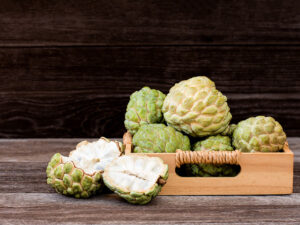
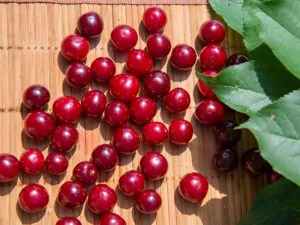
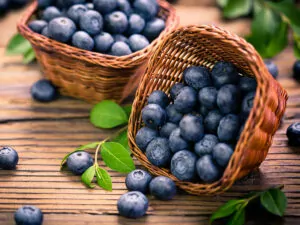
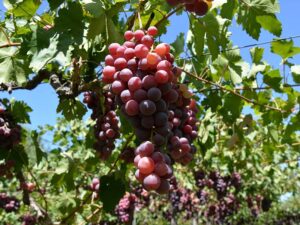
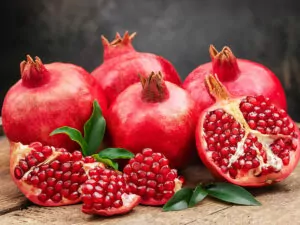
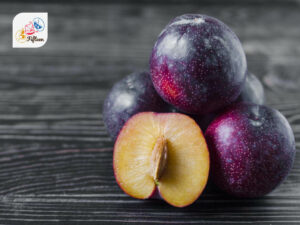
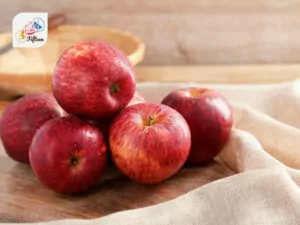
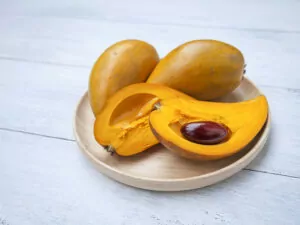
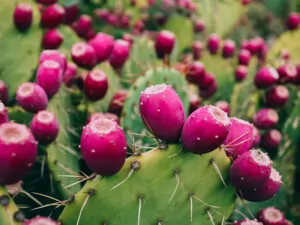
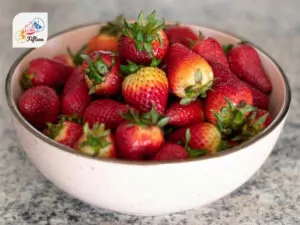
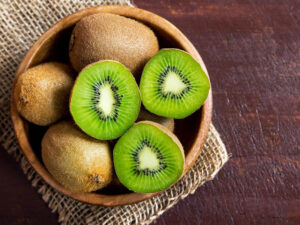
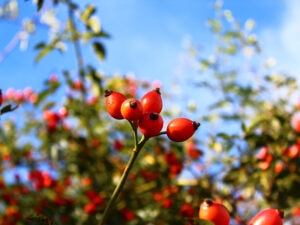
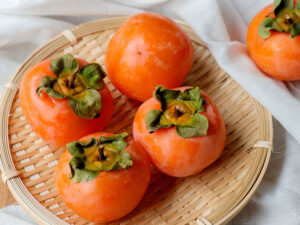
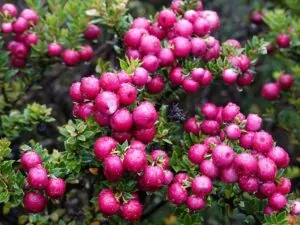
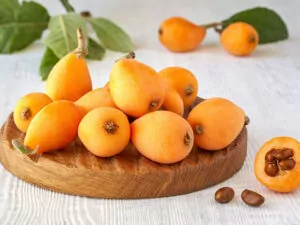
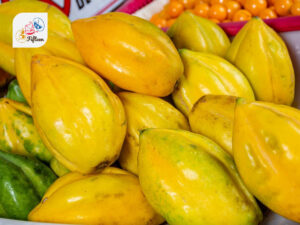
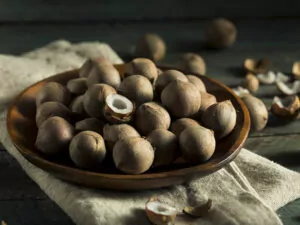
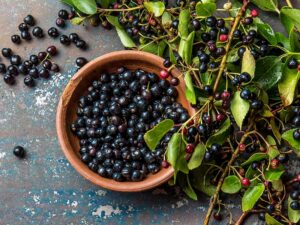
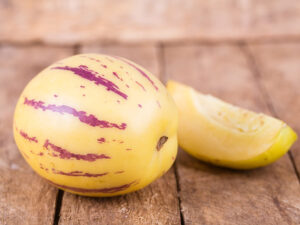




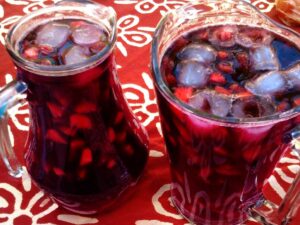


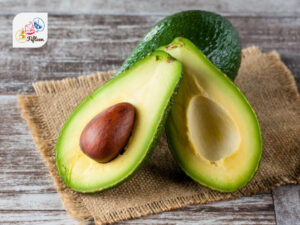
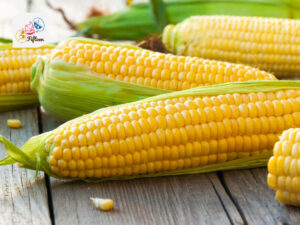
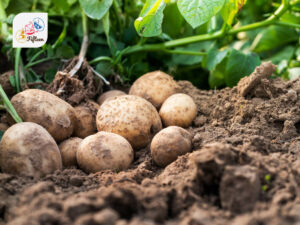
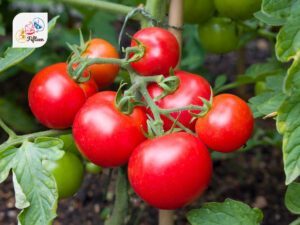
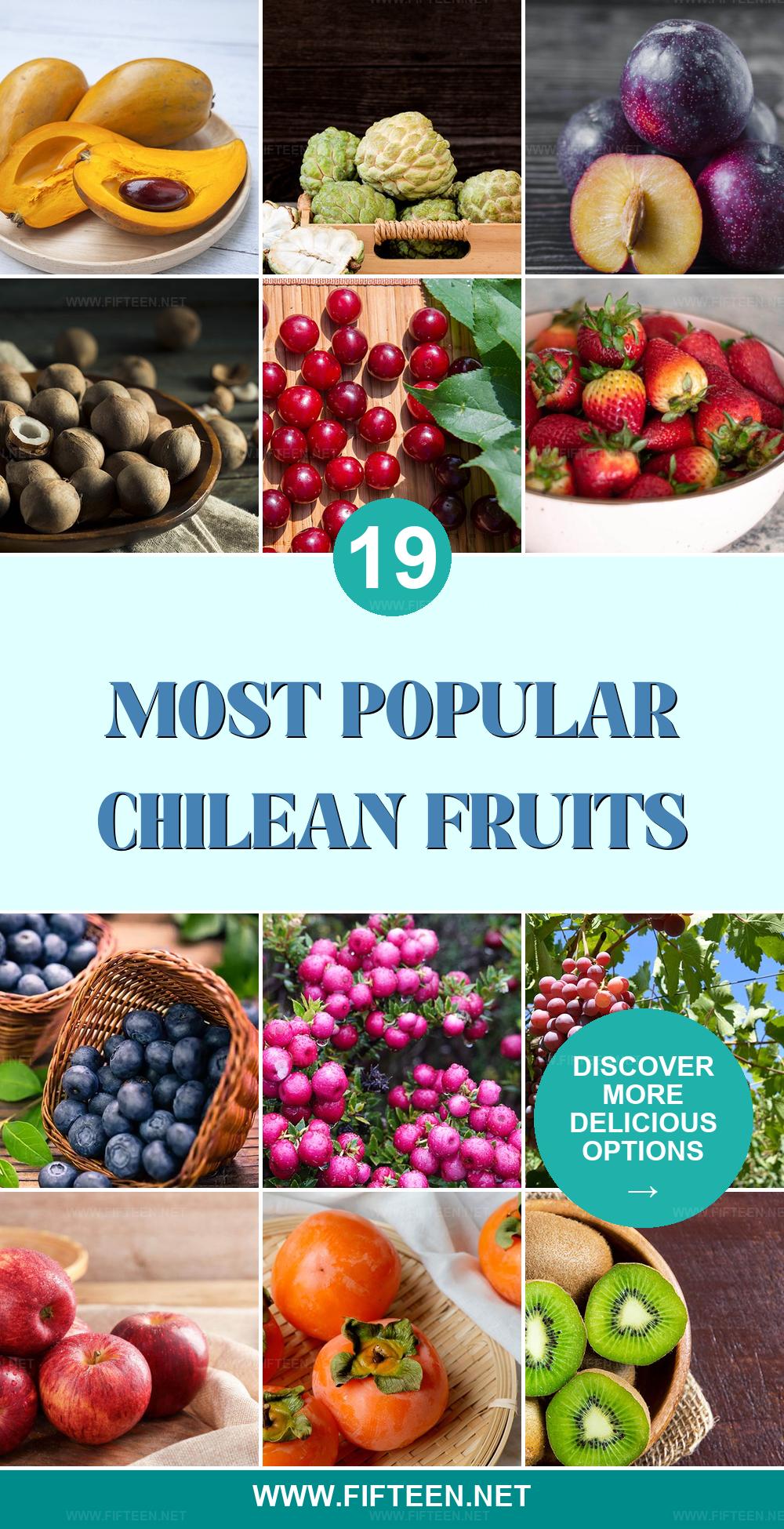
Jamie Scott
Editor in Chief, Senior Content Writer
Expertise
Home Cooking, Meal Planning, Recipe Development, Baking and Pastry, Food Editor, Cooking-video Maker, Western Food Evaluation Expert
Education
Le Cordon Bleu College of Culinary Arts
Local Community College, New York, NY
Jamie Scott is a skilled culinary expert and content creator specializing in Western cuisine. With over 15 years in the culinary field and formal training from Le Cordon Bleu, Paris, Jamie deeply understands how to blend nutrition with delicious flavors. His passion for cooking matches his commitment to making healthy eating accessible and enjoyable.
On Fifteen.net, Jamie brings a fresh perspective to classic dishes and beverages, offering readers insightful recipes, cooking tips, and a fresh view on meal planning that emphasizes taste, health, and simplicity.